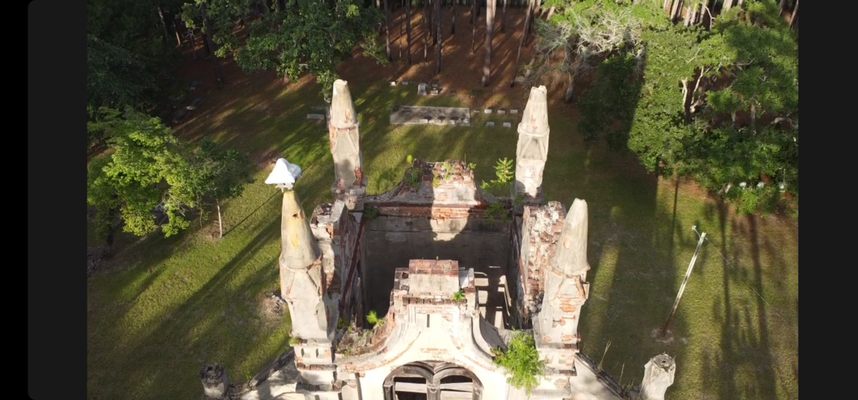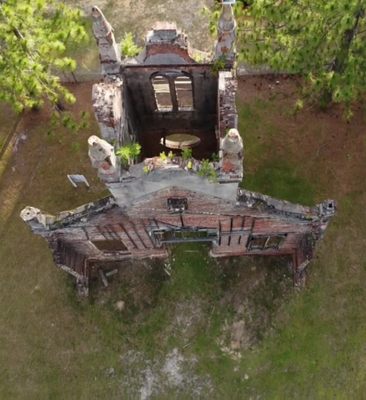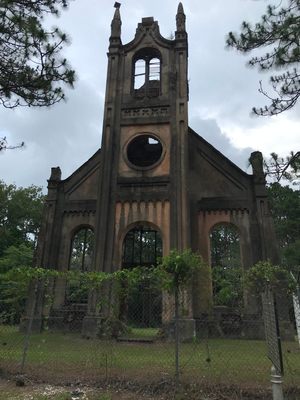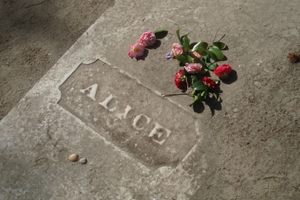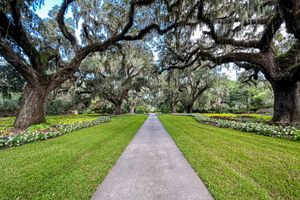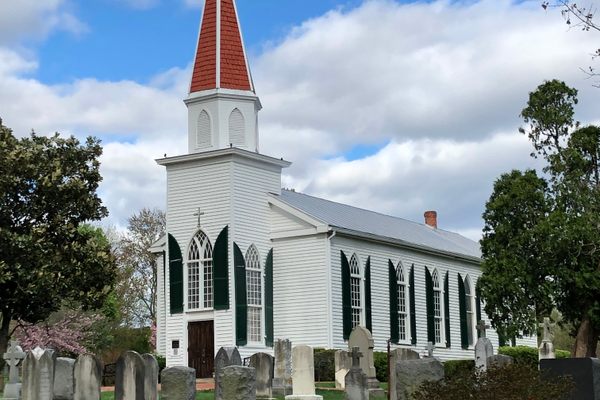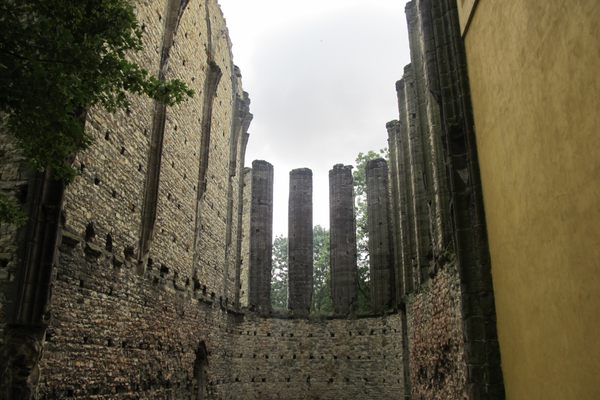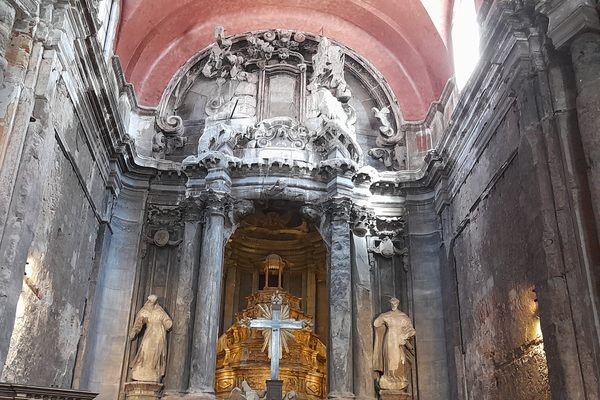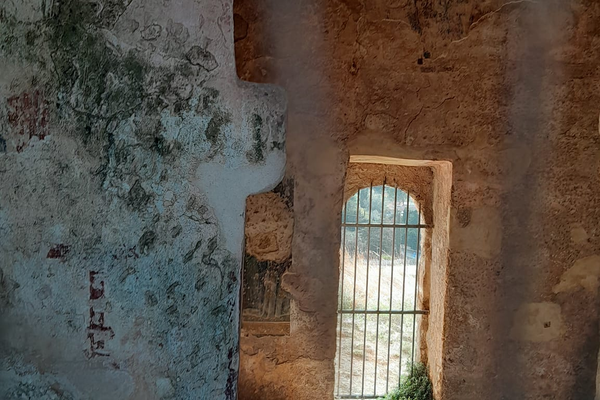About
Prince Frederick’s Chapel looks spooky these days, but it began with a bout of optimism. In November 1859, Reverend Joseph Hunter laid the first stones of a church that he hoped would become a central point in the local community. This was in the community of Plantersville, in the modern-day town of Georgetown, an hour’s drive south of Myrtle Beach. This was also a year and a half before the Civil War broke out, and changed not just Reverend Hunter’s plans but the future of the community.
The church was designed in the Gothic revival style, and construction began and continued with the hopes that the local rice industry, which depended on enslaved labor, and its accompanying plantation society would flourish despite the outcome of the war and the efforts of Abraham Lincoln. Named for Prince Frederick of Wales, the son of King George II, the church took 17 years to build, and was finished in 1876. By this point, the Civil War was long over, and the local economy had tanked; many potential congregants moved away from the area, and the project was abandoned to history and the wild hunger of nature.
In 1974, almost a century after its completion, the chapel was added to the National Register of Historic Places, which is why today you’ll see a chain link fence surrounding it and a nearby plaque explaining it. You might also find some visitors here to investigate an alleged haunting.
Local lore—believed by some—goes that two brothers, Philip and Edward Gunn, were hired to build the church. One, though it’s unclear which, fell to his death from the roof of the church. People claim to have heard voices screaming near the site, bells ringing, or curious lights near the tower’s peak. If gothic stories and/or gothic architecture interest you, this beautiful though crumbling chapel is a must-see.
Related Tags
Know Before You Go
The ruins are free to visit. Parking is minimal.
Community Contributors
Added By
Published
September 4, 2023







